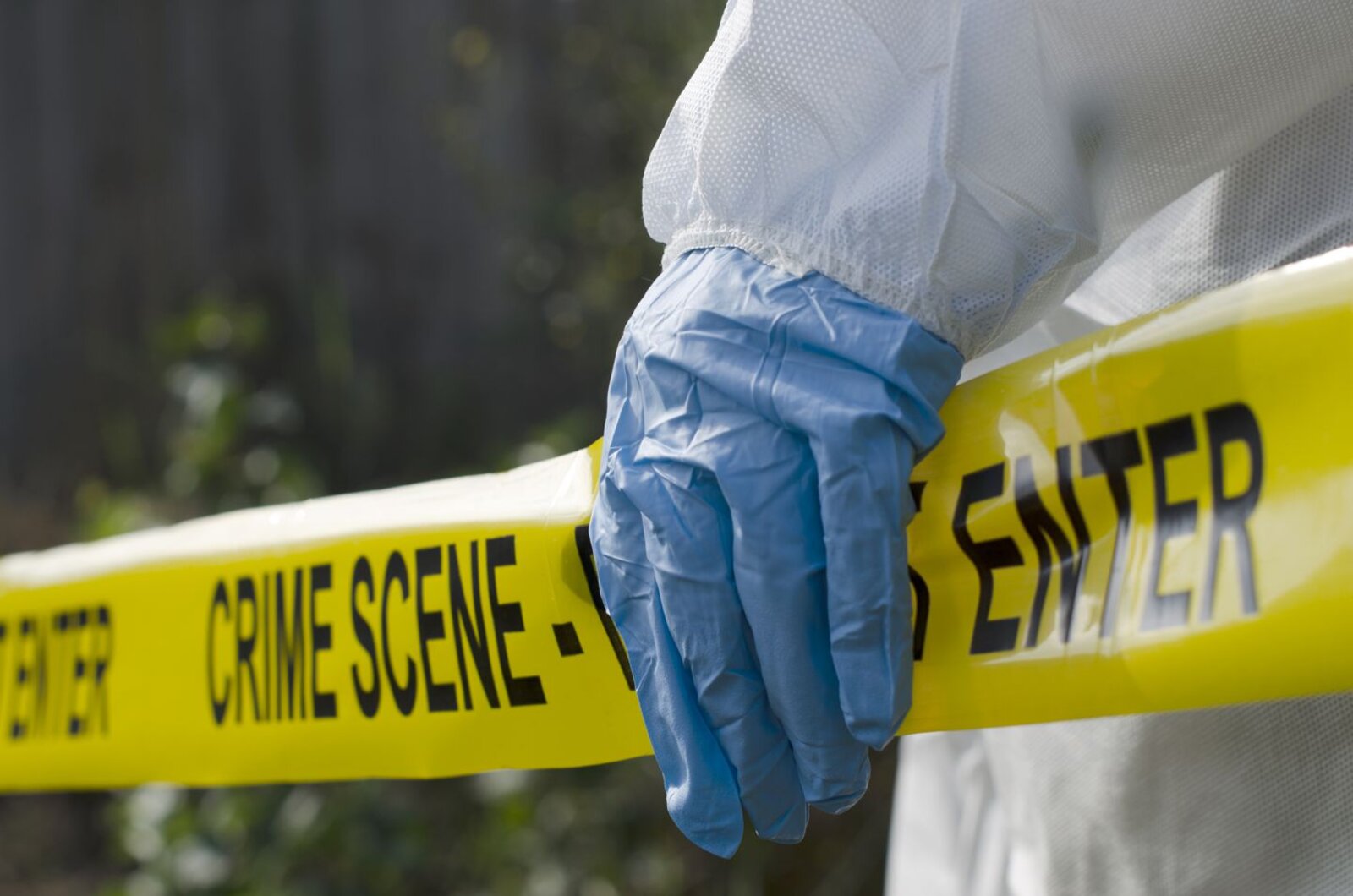
True crime: How a serial killer made NYC gay piano bars unsafe in the 90s
In the early 1990s, fear gripped the LGBTQ community in New York City as a serial killer began preying on drunk men frequenting the city’s gay bars late at night. The killer’s victims were targeted as they left the bar right after last call. Because of this, the predator earned himself the title of “The Last Call Killer”. Despite committing several brutal atrocities, the man wasn’t actually found until 2001.
At the time, many felt the crimes went unsolved for so long because the victims were gay. Journalist Elon Green took it upon himself to write a book about this very issue. While the book titled Last Call obviously details the murders and the eventual arrest of the perpetrator, it also takes a look at law enforcement and the bias they showed towards the crimes.
Despite the perpetrator being convicted, police have said the actual number of victims and his motives for killing these men actually still remains a mystery. Here is everything we know about the Last Call Killer and efforts it took to find him.

The victims
The Last Call Killer’s first victim was Peter Anderson, a banker. At the time of his murder, he was still predominantly closeted, and although he was separated from his wife, he was still technically married to her. He wasn’t from New York and was visiting Manhattan from Philadelphia in 1991.
On May 5th, 1991, Anderson’s body was found on the Pennsylvania Turnpike. His penis was cut off, shoved into his mouth, and his body had been stabbed. He was found inside a 55 gallon trash barrel.
Two months later, another victim was discovered, disposed of in a similar way. This victim had also been stabbed, but this time his limbs were also dismembered and washed clean before they were dumped. Thomas Mulcahy was also not from New York city and was in Manhattan on a business trip from Massachusetts. His remains were deposited in two separate locations.

Ten months later, another victim emerged. Anthony Marrero was a sex worker who was known to work the area around the Port Authority Bus Terminal. He had previous arrests for pandering & solicitation. His body suffered stab wounds, like the previous victims, and he was also dismembered into seven parts. He was disposed of in trash bags at the edge of a state forest in New Jersey.
The fourth victim, Michael Sakara, suffered the same fate as the previous victims: fatal stab wounds and severe dismemberment. His remains were discovered in July 1993 discarded in the trash as most of the others were about an hour north of Manhattan. All four victims were middle aged men and all four were last seen at gay bars in the city.

The killer
Richard W. Rogers Jr. was arrested on May 28th, 2001 at Mount Sinai Hospital where he worked as a nurse. Middle aged, like the victims, others described him as kind & courteous.
When investigators searched his home on Staten Island, they found a sedative that often doubles as a date rape drug. In addition to this, they also found rug fibers that matched those found on the second victim’s body and a number of photographs of unknown men that had stab wounds drawn onto the photographs. He was only charged with two of the four murders.

Despite being dubbed as “kind & courteous” Rogers actually did have a violent past. When he was twenty-two, Rogers was arrested for the death of Frederic A. Spencer. Spencer lived in Rogers’s apartment building, and Rogers claimed he came home one day and found Spencer inside his apartment. Rogers claimed he beat Spencer in self-defense after Spencer attacked Rogers. He was acquitted of manslaughter.
In 1988, Rogers was arrested again. This time, he was accused of drugging & binding a man from Manhattan that visited his apartment. The man got away and died sometime later of a heart attack.

Elon Green’s perspective
In Last Call, Elon Green stated he believes the New York Police Department severely neglected the murders. He does, however, state that in his opinion, the New Jersey Police Department gave the murders the necessary attention they deserved. In an interview with A&E, Green spoke candidly about this issue.
“I should say that I went into the book assuming that one of the reasons the case wasn’t solved for so long was pure indifference and negligence because the victims were gay. That was my bias. And it turned out to not be true, for the most part,” said Green.

In the same interview, Green discusses his portrayal of law enforcement at the time as apathetic. He felt it was his responsibility to really shine a light on the political climate of the queer community in New York City during the 90s so readers could really understand why these cases were treated the way they were. Green told A&E:
“I felt that if the reader didn’t know what was going on at the time in New York, with the legal system, the judicial system, law enforcement . . . there would be no way to understand the bigger picture of why these cases were treated the way they were. You had to understand the stakes of what was going on around everybody: This was a time of tremendous, unmitigated violence. It made no sense to be writing about these murders as if they happened in a vacuum.”
Rogers, who told the court that he was gay himself during his trials, was charged and convicted of the murders of Thomas Malcahy & Anthony Marrero only. He maintains his innocence to this day and is currently serving a life sentence in prison.







